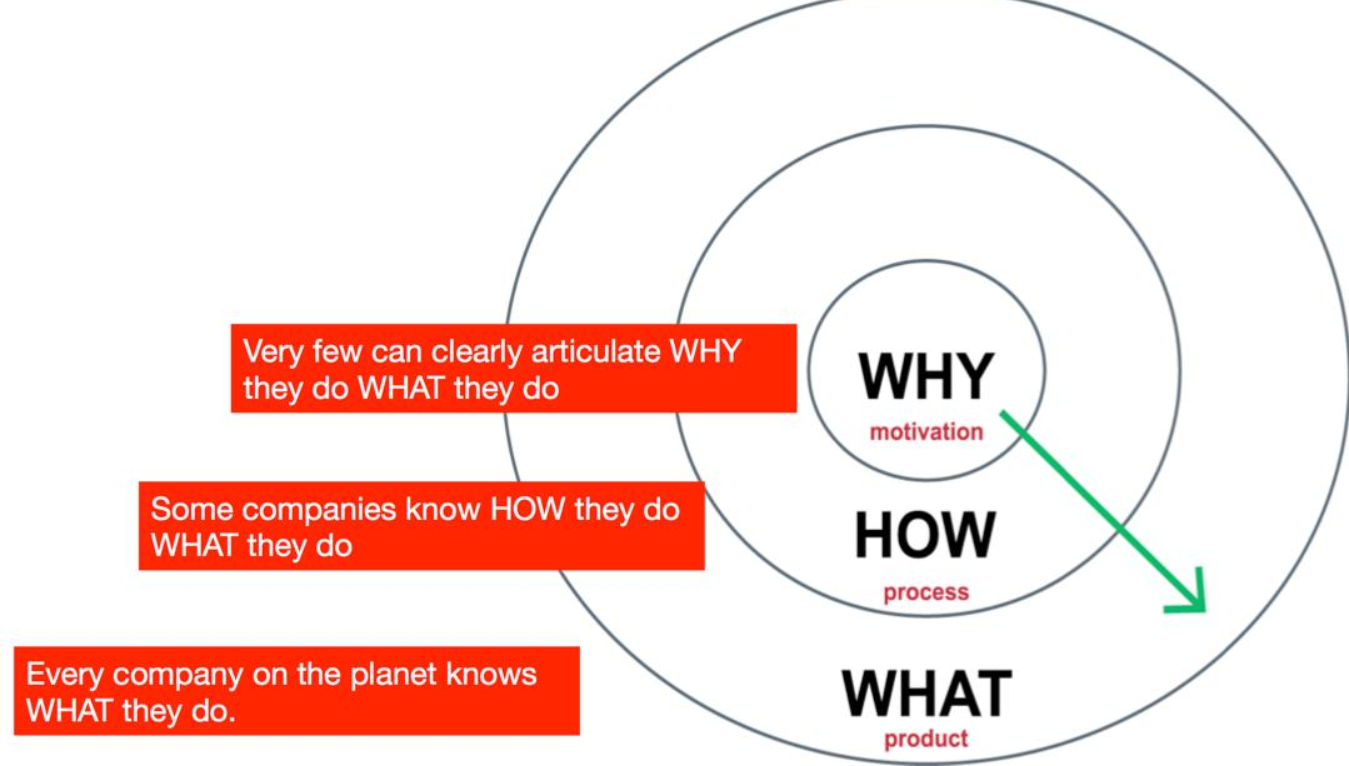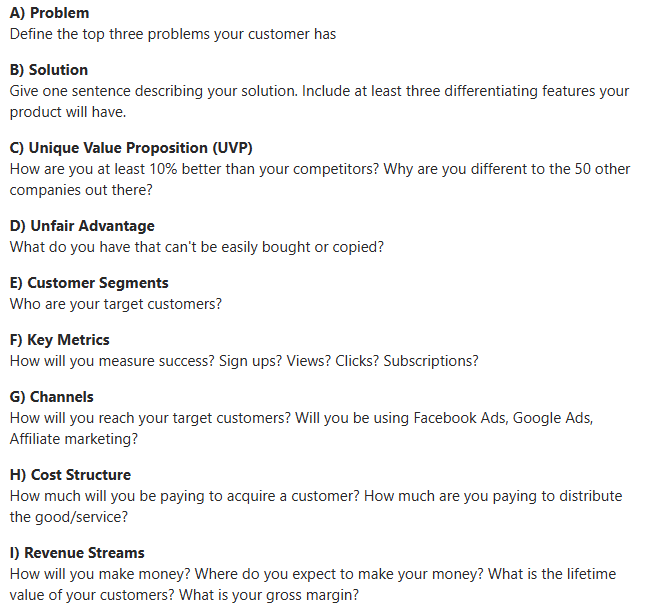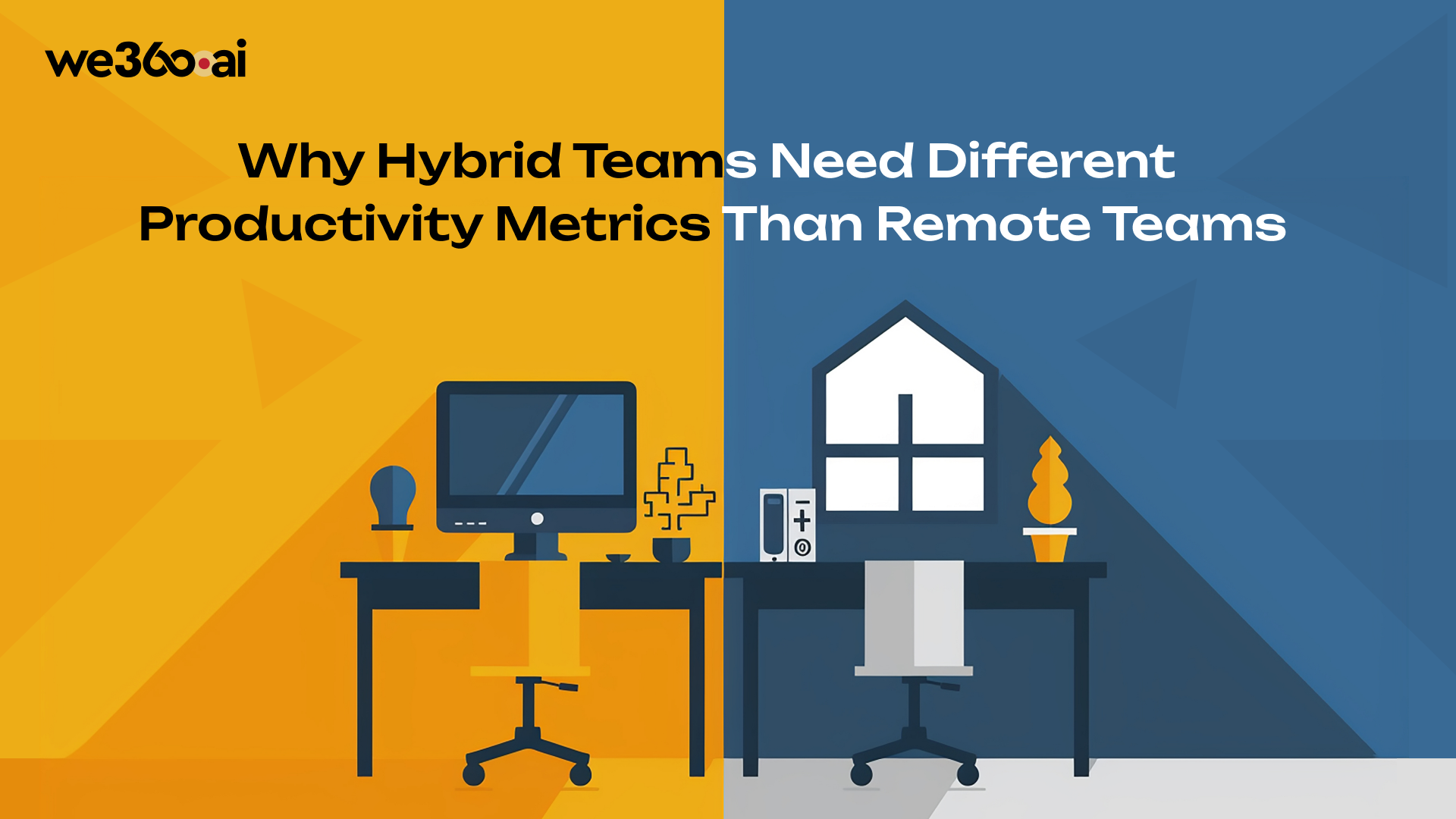Imagine having a plethora of employee data at your fingertips, but all non-actionable.
10 different tools, 10 duplicate data sources and all exist in silo!
To make it worse, in research, organizations claimed to lose up to 30% of their weekly work hours chasing down and consolidating data spread across different systems
Sometimes the same data is present in five different apps, making you scratch your head - is there a better strategy?
Steps in we360.ai – your definitive source. You have all your workforce data in one place, along with a dashboard and Zen AI. Ask direct questions and make strategies like never before.
But before we dive into how We360.ai helps, let’s understand why having just data is not sufficient.
And, to make maximum sense of data, segregate, what you do, how you do it and why you do it? This will portray a clearer picture.

Why Data Alone is Not Enough?
Data is a crucial component of any organization’s growth. However, when a company works on multiple siloed applications for fetching different types of data, it leads to analysis paralysis. The real value lies in insights and not just data. Siloed data can impact an organization negatively in several ways.
This includes:
- Losing sales opportunities: Usually, organizations collect marketing and sales data separately, leading to missed sales opportunities. It leads to a lack of analysis of these two data sources together and a restricted insight into customer journey.
- Duplication of effort: When different teams work on different apps, there is increased effort and duplicate effort. What data might have already been fetched by one team may be again fetched by another team. This redundancy leads to wastage of efforts.
- Poor data quality: When data is sourced from multiple sources, it’s hard to organize them in a single place. To make strategies, teams have to delve into varying sources leading to hefty efforts.
- Common pitfalls: When there is data overload due to inconsistency and lack of context, it leads to delayed decisions. It makes it difficult to strategize for garnering actionable outcomes.
Thus, you can see, even though you have data, it’s scrambled to make it difficult to make decisions.
Here’s where we360.ai steps in.
It’s your single source of truth to gather workforce analytics data to make smart decisions. It will help boost your employee productivity and prevent burnout of top performers. You can also upskill struggling employees and ensure you have a winning team.
Understanding the Types of Data We360.ai Provides
80–90% of all enterprise data is unstructured (emails, chats, documents, social media, videos). Can you imagine the type of effort it takes to align this volume of data?
We360.ai lets you make decisions that help you in long term. It collects structured data like:
- Employee productivity metrics: Measure active/inactive hours. Find time spent on meaningful and productive tasks, tools used and trends in unified dashboards.
Find your top 3 and bottom three performers and strategize accordingly. With the integration of ZenAI, ask questions like “Who was least productive this week?” or “Which tool is causing maximum distraction?” It breaks barriers for you to access insights without spreadsheets or dashboards.
- Time tracking & attendance: Monitor your employees’ work hours and get detailed performance reports. With self-service dashboards, employees have access to information about their performance, helping them take remedial measures.
It also helps reduce payroll errors and overtime by optimizing workforce planning. Get real-time insight by combining time and attendance analytics of employees. You can boost employee engagement and dynamically adjust to business changes.
- Application & tool usage: By gauging applications and tools used by your employees make data-driven decisions. We360.ai auto-captures how time is spent on tools, creating a robust employee monitoring system.
This helps you identify inefficiencies and allocate role-specific app usage. For instance, an employee on the TA team can access LinkedIn during work hours; however, a developer is prohibited from doing so.
- Project/task management insights: When your team works in silos, it leads to misaligned goals and project delays. With we360.ai create shared project timelines so that all team members are cognizant of deadlines and milestones.
With the help of dashboards, visualize project schedules, track progress and identify bottlenecks improving project management.
- Engagement & performance patterns: Maximize workforce efficiency with improved engagement and performance metrics. Have an insight into team performance without breaching into essential data fostering security and compliance.
Measure employees’ activities with idle time and screenshots to manage workload distribution to prevent burnout and motivate underperforming employees. Set up alerts to notify about overworked employees and motivate them to take breaks.
These are some metrics used by we360.ai to make actionable insights from data.
Now let’s dive into how to translate this data into business plans.
Steps to Convert We360.ai Data into Business Plans
- Identify key metrics that matter:
- Output per employee: Measure output each employee is delivering.
- Time-on-task vs idle time: How much time is utilized or wasted by employees?
- Project/task completion rate: How much time is taken to complete a project or task?
- Absenteeism rate: What is the average absenteeism rate per employee?
- Attrition/turnover rate: How often do employees resign and their performance or work pattern prior that?
- High/low performers: Segregate employees based on performance.
- Workforce demographics: Find out the DE&I in your workforce.
- Revenue per employee: Measure productivity per employee.
- Spot Patterns & Trends
Look for recurring productivity peaks/drops, absenteeism cycles, workload imbalances and other factors like:
- Daily/weekly activity cycles: View trends in what patterns are being followed by employees.
- Task completion trends: Assess the average time taken by an employee to complete a task.
- Burnout indicators: Check if an employee is working at a stretch leading to burnout.
- Exit trends: Identify what is employees’ browsing or activity pattern before they resign.
- Skill gap analysis: Measure what is the skill gap to train them.
- Idle vs overworked employees: Check employees’ average working hours and activity levels to find idle or overworked employees.
- Benchmark & Compare
Compare performance across teams, departments, or time periods.
- Salary & compensation benchmarking: Ensure pay equity and market competitiveness.
- Skill proficiency levels: Compare team capabilities against required skill benchmarks.
- Training outcomes: Check if learning & development matches industry ROI.
- Average work hours & utilization: Compare against similar roles in the market.
- Employee engagement index: See if employees are more/less engaged than industry norm.
- Absenteeism & overtime: Benchmark to check for burnout or cultural issues.
With these strategies, you can diagnose problems early. Use real-time alerts to detect performance dips or disengagement before they escalate.
Let’s go through a use case where we360.ai stepped in.
Use Case for Turning Data into a Business Plan
A 300-employee IT firm faced low productivity, high attrition, and project delays. Using We360.ai, they discovered:
- Productivity dips in afternoons.
- 30% time wasted in unnecessary meetings.
- High attrition within 12 months due to poor onboarding.
- Uneven workload across teams.
Actionable Plan:
- Redesign workflows & cut unproductive meetings.
- Launch structured onboarding & mentorship.
- Rebalance workloads and provide targeted training.
- Align talent with high-value projects to boost ROI.
Results:
- 20% productivity boost.
- 15% lower attrition.
- 30% reduction in meeting time.
- Faster project deliveries.
Best Practices for Actionable Data Usage
Here are some best practices that help using data for actionable plans:
- Avoid micromanagement, focus on trust + insights
Use the data to understand patterns, workload balance, and team needs. Empower employees with the flexibility to improve their own productivity without pinning them down.
- Regularly review dashboards and adjust strategies:
Review dashboards for productivity trends, engagement scores, and utilization metrics. Adjust business strategies accordingly, like reassigning workload, tweaking project timelines and rolling out engagement strategies.
- Use data as a continuous improvement loop:
Data is a part of feedback cycle. If data shows a risk of burnout, flexible scheduling can be introduced. This loop of monitor → act → measure → refine helps organizations evolve continuously instead of making reactive, one-off decisions.
How to Create Business Plans?
To create a business plan, you can adhere to Lean Canvas. It is a one-page, nine-block business model template focusing on the problem-solution of your business.

Now that we know about best practices and how to implement them in Lead Canvas, know how we360.ai helps in it.
We360.ai Transforms Insights into Business Growth Strategies
With We360.ai, you can move beyond scattered numbers and fragmented tools to a single source of truth for workforce intelligence.
By consolidating structured and unstructured data, spotting trends, benchmarking performance, and aligning talent with strategy, you can drive higher productivity, reduce attrition, and foster a more engaged workforce.
We360.ai isn’t just a monitoring tool but it’s a strategic partner that helps you transform raw workforce data into actionable business plans and long-term success.
Book a free demo with We360.ai today and see how insights can drive productivity, engagement, and growth














